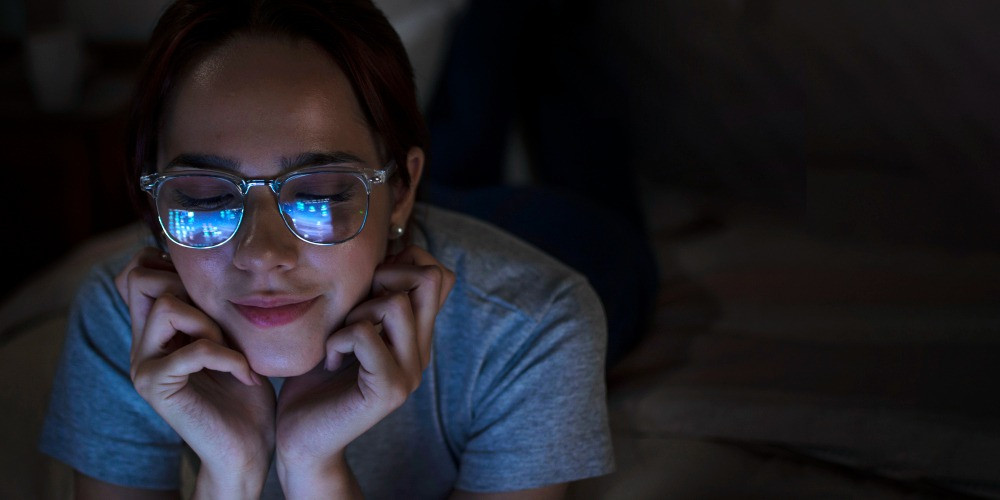
Blue Light Blocking Glasses India: Why Digital Eye Protection Matters for Modern Lifestyles
The increasing dependence on laptops, mobile phones, tablets, and LED screens has changed the way India works, studies, and communicates. While digital convenience has improved productivity, the rise in screen time has introduced a new health challenge: digital eye strain. Blue light blocking glasses India are becoming one of the most recommended tools for protecting eye health in a technology-driven world.
Blue light, especially high-energy visible (HEV) blue light, is emitted from LED screens, smartphones, televisions, and modern lighting. While not all blue light is harmful, prolonged exposure can cause digital eye strain, headaches, sleep disturbances, and visual discomfort. As India moves deeper into remote work culture and digital education, the demand for protective eyewear grows rapidly.
SecondMedic focuses on improving overall digital wellness by helping users understand screen exposure risks and recommending preventive measures such as blue light protection, screen hygiene, and healthier digital habits.
Why Blue Light Has Become a Major Concern in India
From professionals working in the IT sector to students attending online classes, screen exposure has significantly increased in recent years. According to Statista and IMARC reports, average urban screen time in India has crossed 6–7 hours per day.
This extended exposure brings concerns such as:
Eye fatigue and strain
Reduced blinking rate
Dry or irritated eyes
Increased sensitivity to light
Difficulty focusing
Headaches and migraines
Disrupted sleep due to evening screen use
Blue light blocking glasses help mitigate these effects by filtering harmful wavelengths.
How Blue Light Affects Eye Health
Blue light penetrates deep into the retina. Long-term or high-intensity exposure can cause discomfort and visual fatigue. While the body can handle limited natural blue light exposure, artificial digital blue light affects the eyes differently.
The negative effects include:
Visual stress from bright screens
Photochemical strain on retinal cells
Difficulty focusing during long tasks
Increased glare sensitivity
Risk of long-term vision issues due to chronic digital overuse
Blue light glasses help control this exposure and reduce stress on the eyes.
Benefits of Blue Light Blocking Glasses
People who use screens for more than a few hours daily can benefit significantly from wearing blue light glasses.
Key advantages include:
Reduced digital eye strain
Lower risk of headaches
Less dryness and irritation
Improved focus during work or study
Better sleep quality by blocking blue light after sunset
Greater comfort during long digital sessions
For remote workers and students, these glasses help maintain productivity without harming eye health.
Blue Light and Sleep Disruptions
Blue light suppresses melatonin, the hormone that regulates sleep. Using phones or laptops late at night can interfere with natural sleep cycles, making it harder to fall asleep or achieve deep rest.
Blue light glasses help restore healthy sleep patterns by limiting blue wavelength exposure in the evening. This supports better circadian rhythm balance.
What to Look for When Choosing Blue Light Blocking Glasses in India
Not all blue light glasses provide the same level of protection. Users should look for glasses with verified blue light filtration, comfortable materials, and medically reliable designs.
Important factors include:
High-quality blue light filter coating
Anti-glare and anti-reflective layers
Lightweight frames for long wear
Scratch-resistant and smudge-resistant lenses
UV protection, if available
Clear or slightly tinted lens options
SecondMedic encourages users to choose eyewear that supports long-term comfort and reduces digital strain.
Digital Eye Strain in the Indian Workforce
The IT and corporate sectors rely heavily on digital work. India's large remote-work population experiences symptoms of digital fatigue more frequently than before.
Common signs include:
Heavy eyes
Blurry vision
Trouble concentrating
Difficulty shifting focus between distances
Blue light blocking glasses offer preventive support for these issues and help maintain visual comfort throughout the day.
Children and Students Need Blue Light Protection Too
Online learning and mobile-based education have increased the screen time of children across India. Kids’ eyes are more sensitive to blue light because their lenses are still developing.
Blue light protection helps children by:
Reducing strain during online classes
Supporting better sleep quality
Preventing headaches
Improving focus and concentration
Parental awareness is crucial for long-term eye health in children.
Blue Light Glasses and Workplace Health
Corporate wellness programs in India are increasingly addressing digital eye strain. Many organizations encourage employees to use blue light blocking glasses during work hours to improve productivity and comfort.
SecondMedic supports workplace wellness with:
Digital ergonomics sessions
Eye strain assessments
Sleep and stress evaluations
Preventive health programs
These services complement the protective benefits of blue light glasses.
Integrating Blue Light Protection into Digital Wellness
Blue light glasses are part of a broader digital wellness plan. Combined with healthy screen habits, they help reduce fatigue and improve long-term visual health.
Recommended digital wellness habits include:
Following the 20-20-20 rule (every 20 minutes, look 20 feet away for 20 seconds)
Taking short breaks every hour
Reducing screen brightness
Using night modes on devices
Maintaining proper sitting distance
SecondMedic offers guidance on digital health routines as part of its preventive care approach.
Conclusion
Blue light blocking glasses India provide an essential layer of protection for anyone spending long hours on digital devices. As screen time continues to rise across all age groups, protective eyewear supports eye comfort, productivity, and sleep quality. SecondMedic integrates eye wellness into digital health, helping users understand risks and adopt preventive habits that protect long-term vision.
To learn more about digital wellness and preventive healthcare, visit www.secondmedic.com
References
World Health Organization - digital health and screen-time guidance.
American Academy of Ophthalmology - information on digital eye strain and blue light.
National Center for Biotechnology Information (NCBI) - review articles on blue light effects and sleep (PubMed).
Indian Journal of Ophthalmology - studies on digital eye strain prevalence in India.
Statista - reports on average daily screen time and digital device usage in India.
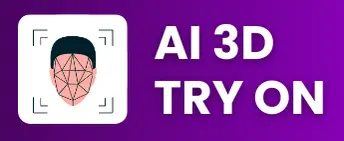

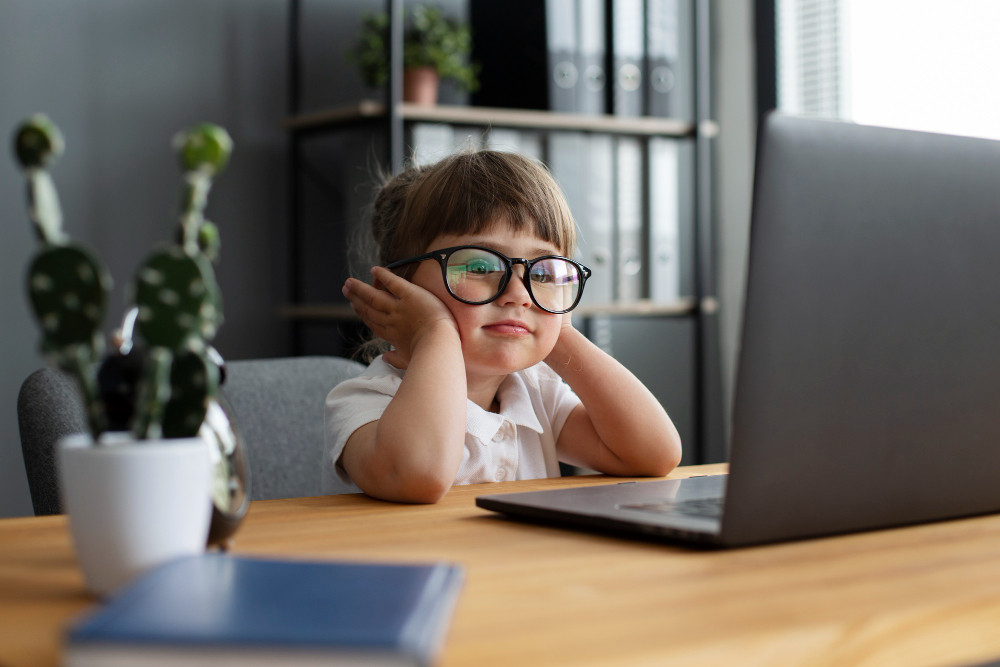
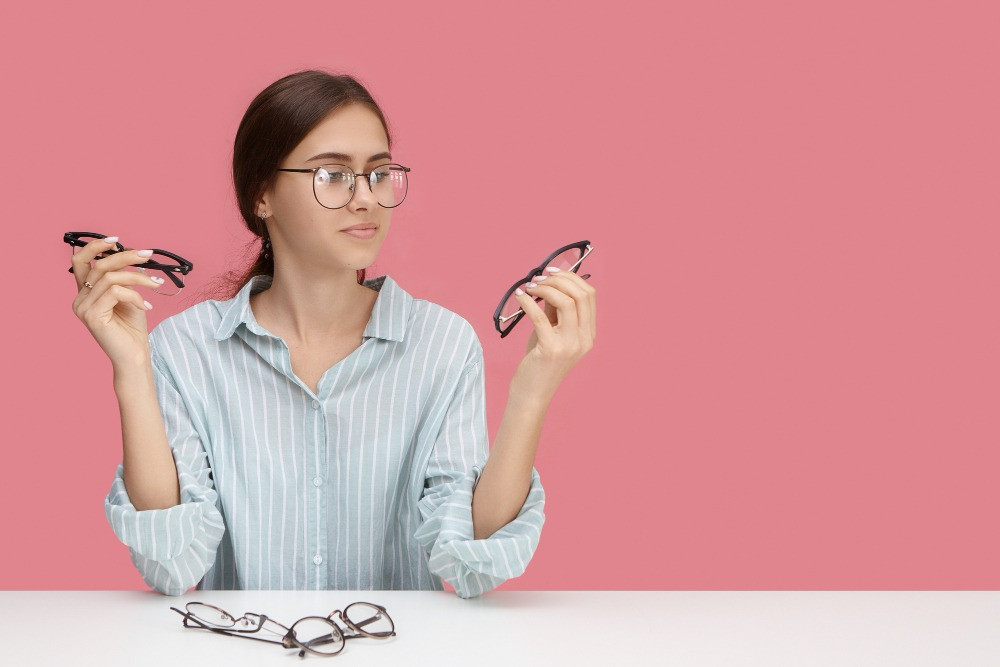
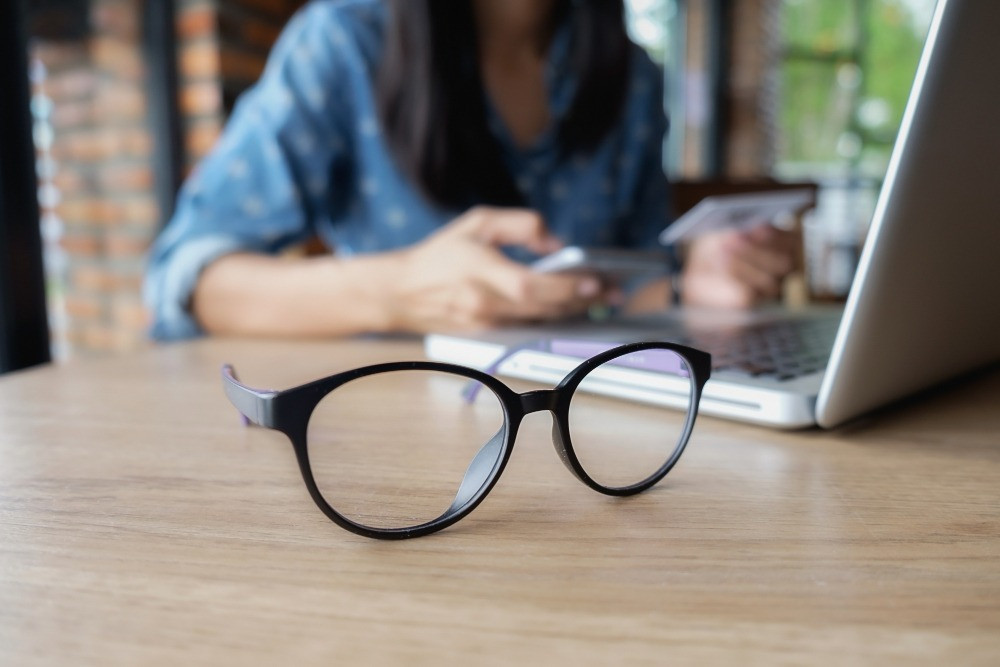
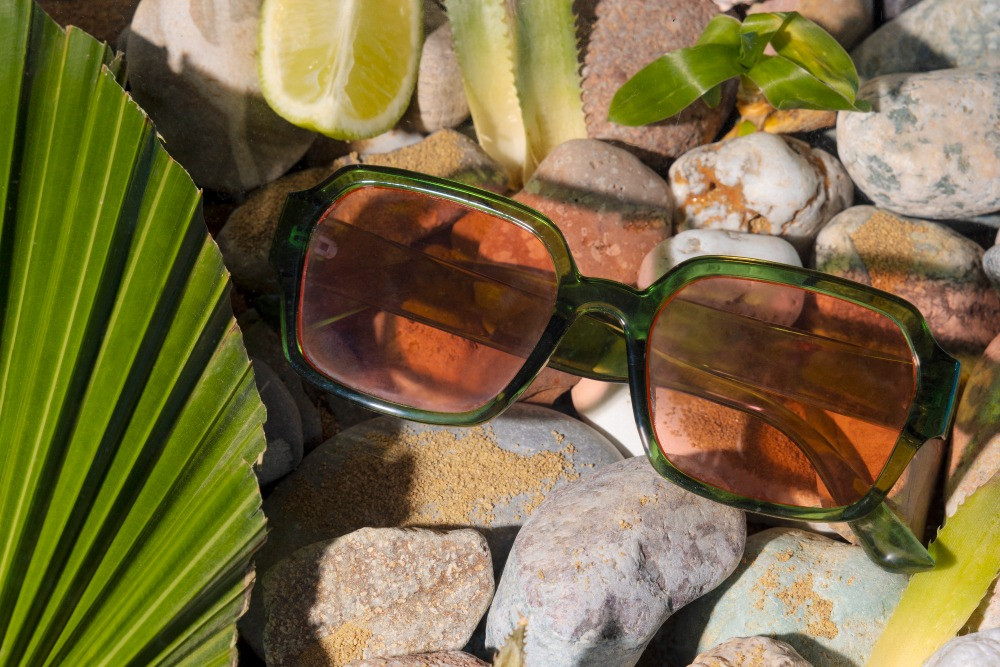

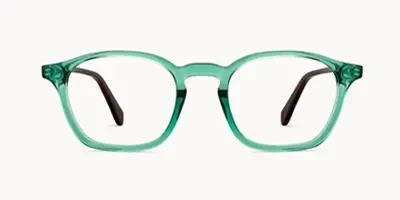


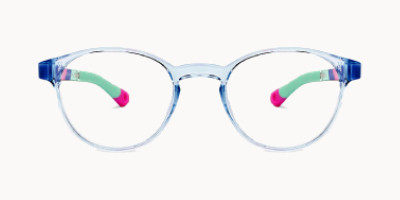
 Eye Glasses
Eye Glasses Sun Glasses
Sun Glasses Home Eye-Test
Home Eye-Test Store Locator
Store Locator Kids Glasses
Kids Glasses